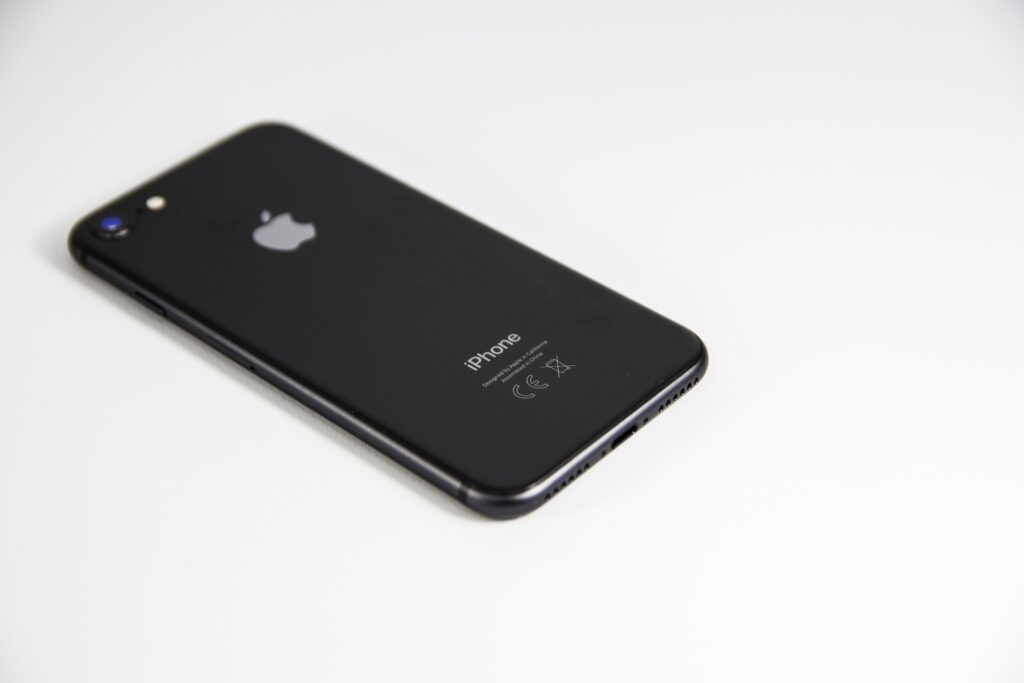In March, Apple released iOS 16.4 and iPadOS 16.4 — major OS updates for, respectively, iPhones and iPads. These updates have brought an array of exciting additions, including new emoji as well as several tweaks to Apple’s Podcasts and Wallet apps.
However, as a website owner, one new feature you should particularly take note of is the Safari browser’s support for Web Push notifications. How exactly do these work, and how could your own website take advantage of them?
How does this Web Push functionality work?
Since the very first iPhone hit retail shelves in 2007, iPhone users have had the option of adding any website to the device’s Home Screen.
Today, users of iOS or iPadOS can do this by loading the site in Safari, tapping the Share button, and — on the Share menu that subsequently pops up — hitting ‘Add to Home Screen’. An icon for that website can then be found on the Home Screen and tapped for quick access to the site.
However, a blog post on Apple’s WebKit website explains how Web Push support has been brought to Home Screen web apps with iOS 16.4 and iPadOS 16.4.
The blog post explains: “A web app that has been added to the Home Screen can request permission to receive push notifications as long as that request is in response to direct user interaction — such as tapping on a ‘subscribe’ button provided by the web app.”
The user can then, on the operating system’s prompting, give the web app permission to send them notifications. The user can opt to withdraw this permission at any time later in Notifications Settings, as is the case with any other app that sends notifications to the user on the device.
Could this Web Push support provide you with a marketing opportunity?
It’s not hard to see how it could, given that absolutely any kind of website — such as a blog, online store, streaming video site, or social media platform — can be added to the Home Screen and so also send Web Push notifications with the user’s permission.
Furthermore, these notifications work just like those issued by other apps on the same device. This means that if — for example — you agree to receive Web Push notifications, they will appear on the Lock Screen and in Notification Centre as well as on any Apple Watch paired to the device.
However, one important point to make here is that, as a web developer, you would need to manually set up Web Push for your website — or, indeed, arrange for someone else to do it.
That someone else could be a member of the Webahead Internet team. We have, for example, e-commerce web design specialists who could configure an online store so that it can keep customers updated on when an order has been received and dispatched.
It also bodes well that iOS 16.4 can be installed on almost all iPhones released in 2017 or later, while iPad OS 16.4 is available for nearly all iPads released in 2015 or later.


